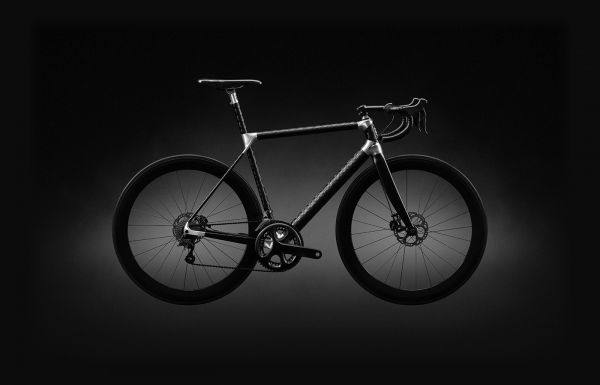
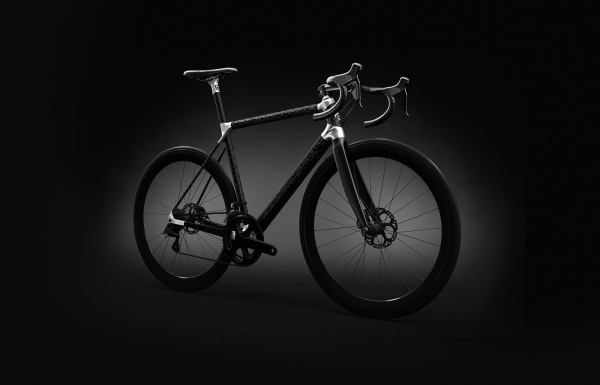

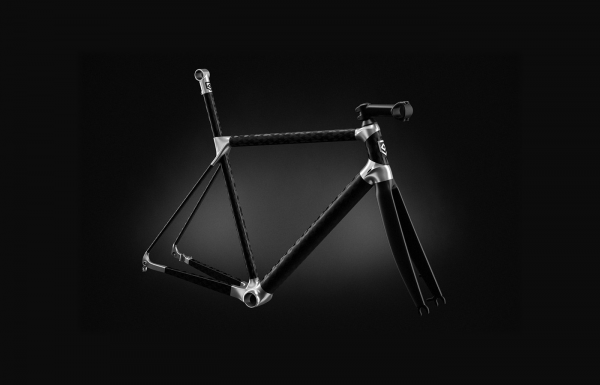
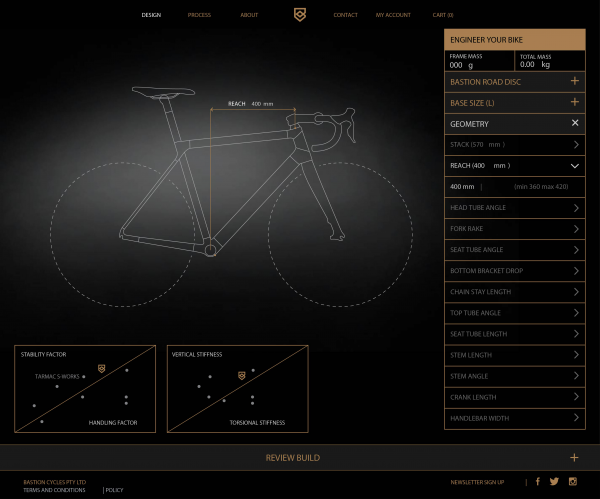


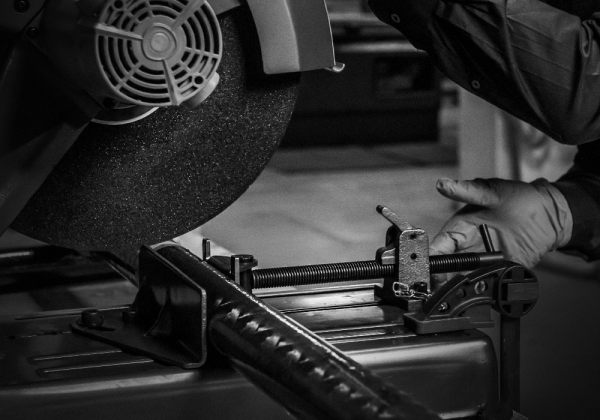
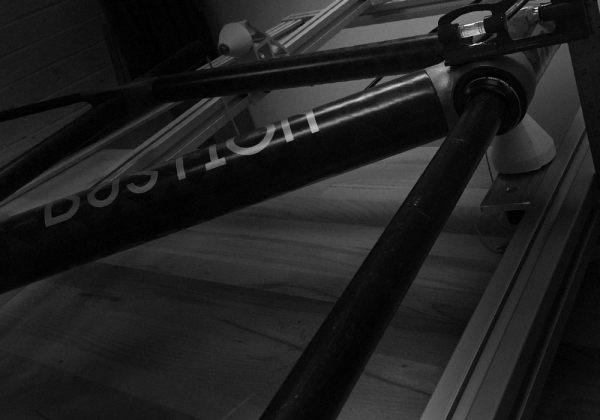


Project Overview
The world's first commercially 3D printed race bike, completely customisable by the customer.
An innovative project illustrating how the current manufacturing environment in Australia can be successfully navigated by utilising the latest in advanced manufacturing, digital technology and marketing tools.
Organisation
Team
James Woolcock - Engineering Director
Dean McGeary - Technical Director
Ben Schultz - Managing Director
Andy Sargent - Creative Director (SouthSouthWest)
Zann St Pierre - Digital Developer (Zann St Pierre)
Project Brief
Our 3D printed Titanium and Carbon Fibre frame is a genuine world first. 3D printing allows us to fuse highly complex shapes from Titanium that in turn enables us to engineer a very special bike frame by combining the best features of both materials to achieve the rider's holy grail - a frame that blends the torsional stiffness and performance of a Carbon Fibre frame with the ride comfort of a Titanium frame.
Not only did we set out to design a superb racing bike, we decided to create a unique customer experience developing specialised online software to make the customer part of the design team for their own bike. Our bespoke 'rider-centric' design software allows each customer to play an active role in creating their own personalised racing machine. It doesn't matter where they are in the world they play a direct role in finalising the bike's characteristics.
Project Innovation/Need
Our project has achieved 3 major innovations.
The world's first commercially 3D printed Titanium race bike.
The world's first online bike customisation tool that includes both engineering and design elements.
An world leading innovative and sustainable production model utilising advanced additive manufacturing technology.
Design Challenge
We faced five main design challenges.
1. A beautifully refined and sophisticated design
Must be desireable purely based on appearance, irrespective of the innovative technologies and materials employed. In this way, once the novelty of the technology fades, the demand will remain.
2. World leading performance
Must match or improve upon the existing premium products on the market based on objective criteria. How our product compares to our competitors is completely tranparent to the customer within our bespoke design tool.
3. Commercially viable
Must be commerically viable and not simply a theoretical study. This involved careful consideration of the manufacturing technology, materials, form, and function of every component in the system.
4. Premium finish and texture
Must achieve a premium luxury finish on the visible surface rivalling that of other high-end products such as watches, jewellry, etc. 3D printed parts have a very rough surface finish by nature of the process so this was a significant challenge. We have developed a proprietary 6-stage process to achieve a finish that rivals or exceeds our competition.
Sustainability
Our innovative use of advanced manufacturing technology means we can produce up to 250 bikes per annum in a space of only 60 square metres. This results in greatly reduced overheads and if greatly increases output from a given land footprint increasing efficiency.
Both 3D Printing and Filament Winding are types of Additive Manufacturing which compared to traditional Subtractive Manufacturing methods involve far less waste and energy consumption.
Our market position in the low-volume high-end premium leisure industry means we are not competing against high-volume low-cost producers in developing countries. Manufacturing locally insulates us against currency exchange movement and at current exchange rates our products are extremely competitive in our market globally.
Our business model is sustainable at 30% of full capacity simply by reducing working hours. The model is easily scalable beyond the current capacity of 250 p.a. by adding more modular manufacturing cells.
Product Design - Sport - Active Life
This award celebrates creative and innovative design for either a component or overall product. Consideration given to aspects that relate to human usage, aesthetics, selection of components and materials, and the resolution of assembly, manufacturing and the overall function.
More Details

